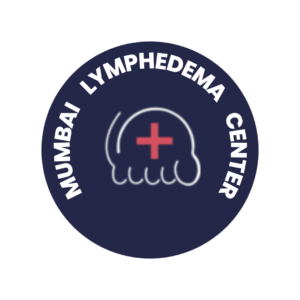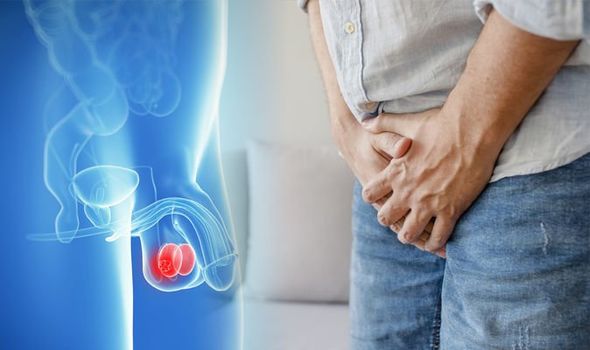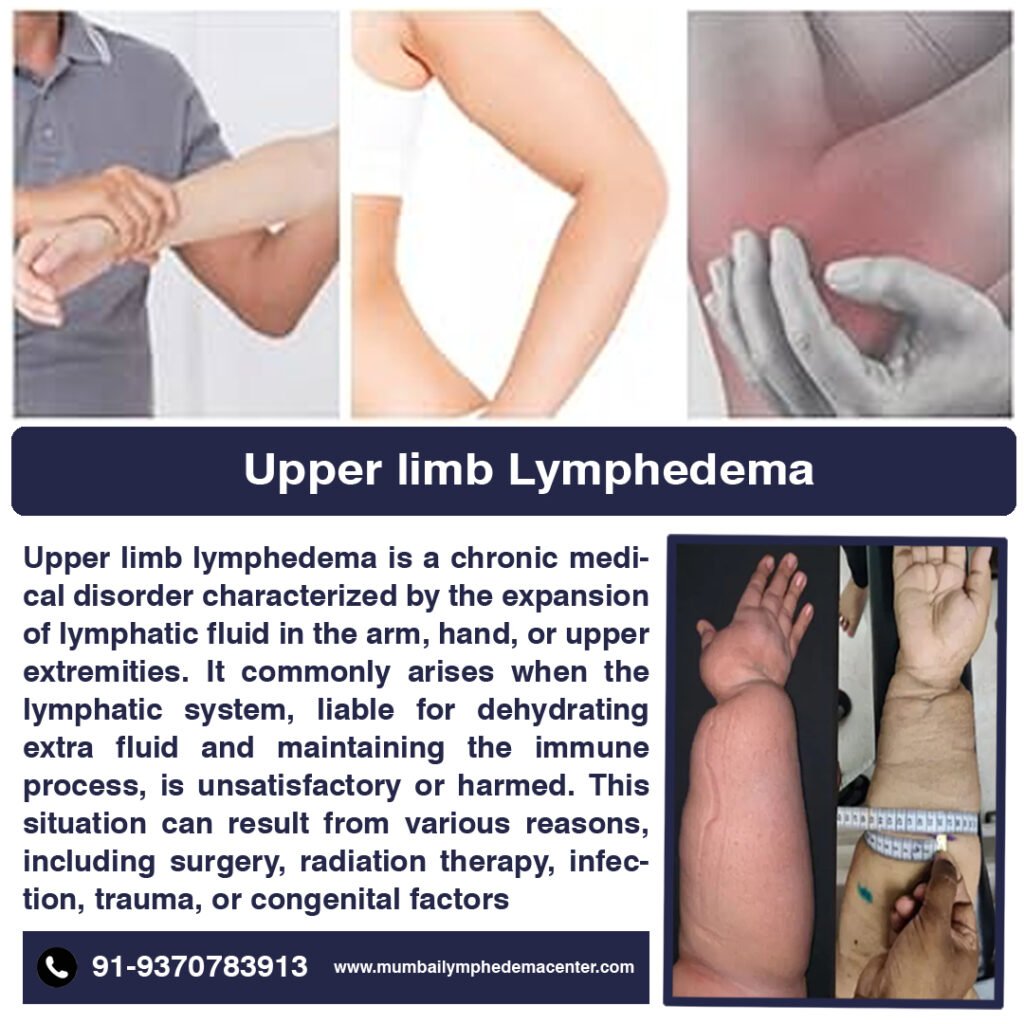SCROTOPLASTY IN MUMBAI
Scrotoplasty is a surgical procedure performed to treat conditions like buried penis and Webbed penis. Surgeons also use Scrotoplasty to create a new scrotum as a part of gender-affirming surgery for transgender men or individuals seeking genital reconstruction. REASONS FOR SCROTOPLASTY IN MUMBAI BURIED PENIS: Children & Adults can have a buried penis a a congenital condition (since birth) Or as a result of previous procedure like circumcision. Buried penis in adults is commonly as a result of obesity, overhanging fat from lower abdomen or lymphedema or previous surgeries, if any. SAGGING OR ENLARGED SCROTUM: Scrotoplasty in this case is more common in older adults when their scrotums naturally begin to sag as they lose muscle tone. People with enlarged scrotum find it uncomfortable for them to engage in exercise, sexual activity or other physical activities as it gets in the way. WEBBED PENIS: Some people have a web like skin connecting their scrotums to the shaft of the penis which impacts sexual function & penetrative intercourse. Hence, Scrotoplasty for cosmetic reasons. GENDER AFFIRMATION SURGERY: For transgender men, scrotoplasty helps align physical characteristics with gender identity, contributing to a more congruent and affirming body image. TRAUMA OR INJURY: Scrotoplasty can help repair a scrtum damaged by trauma or injury. SKIN INFECTIOUS: In some cases, grave infections to the area can necissitate multiple surgeries & scrotoplasty to repair the scrotum. SCROTOPLASTY TECHNIQUES depend on individual anatomy, final outcome, current condition / deficiencies, surgical goals and patient preferences. BENEFITS OF SCROTOPLASTY: Scrotoplasty mainly affects people’s quality of life & emotional wellbeing. Increased self-esteem: More satisfaction & happiness in sexual relationships. Urinary function: Buried penis post scrotoplasty may significantly improve your quality of life with urinating. People seeking gender affirmation are closer to reaching the identity they feel most comfortable in. Conclusion: Scrotoplasty is a significant procedure that plays a crucial role in medical congenital deviations, post trauma deficiences, infections and gender-affirming persons. By understanding the procedure, its goal, potential outcomes, inviduals can make informed decsions in partnership with the expert surgeon. Ultimately, scrotoplasty represents a milestone in the journey towards personal authenticity and well-being for males affected physcially, functionally and emotionally and also for others seeking solutions for the same.
SCROTOPLASTY IN MUMBAI Read More »




